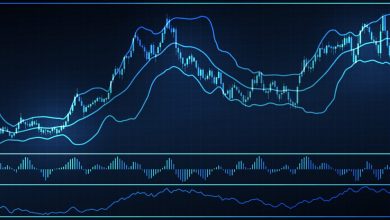Low and high-frequency trading on the forex market

When trading in foreign exchange currency (forex) there are two styles of play, referred to as low-frequency and high-frequency trading. These terms refer to how often you trade, and the timeframe in which you buy and sell. Low-frequency trading means trading less often over a long period of time, while high-frequency trading refers to a buying and selling currency at a rapid rate within a short time frame in the hope of making a quick profit.
Pros and cons
There are different criteria by which to judge the relative merits of each approach. Both have pros and cons, and deciding which is best depends on your expectations, abilities, and circumstances. Judged purely on profit, low-frequency traders almost always come out on top eventually. High-frequency traders may make more money in the short term, but their chances of suffering significant losses are also much greater. These losses may come sooner or later, but they will come.
The high-frequency approach
High-frequency trading is understandably appealing to novice traders. It offers the possibility of quick results and turning a decent profit within a very short period. Beginners may be attracted by the fact that they do not have to immediately commit to trading for months or years, and by the excitement of the fast-moving day market.
In fact, while it’s definitely possible to make a profit in a short time frame, most inexperienced high-frequency traders will be quickly wiped out. Some will then be out of the game almost as soon as they started, while others will find themselves locked into a long cycle of ongoing high-frequency trading as they try to recoup their losses.
Beginners can improve their chances by picking up some CFD trading tips. Contract For Difference trading allows you to profit on the difference between the opening and closing price of an asset without having to buy the asset itself. By going short you can make a profit from a falling market price as easily as profiting from an asset doing well(by going long).
The low-frequency way
Low-frequency traders follow a monthly cycle and make very few trades, but well-chosen ones. They may have fewer wins, but they will definitely have fewer losses. This approach allows the possibility of more complex, but more rewarding trades that may take several weeks to complete. It’s also true that the analytical tools used by traders are more accurate over a longer time period.
Low-frequency traders follow major trends that last for six months or more, whereas high-frequency traders are mainly capitalizing on intermediate and minor trends. These are either corrections serving the primary or major trend or “market noise” –sudden bubbles that briefly seem to go against the prevailing trend but are extremely short-lived and ultimately irrelevant.
The method you choose is up to you, but it’s worth noting that low-frequency trading also offers a better work-life balance as well as being ultimately more profitable. In addition, it’s telling that the big institutions are all low-frequency traders. The question may be whether you want to swim with the sharks or feed with the minnows in their wake.




